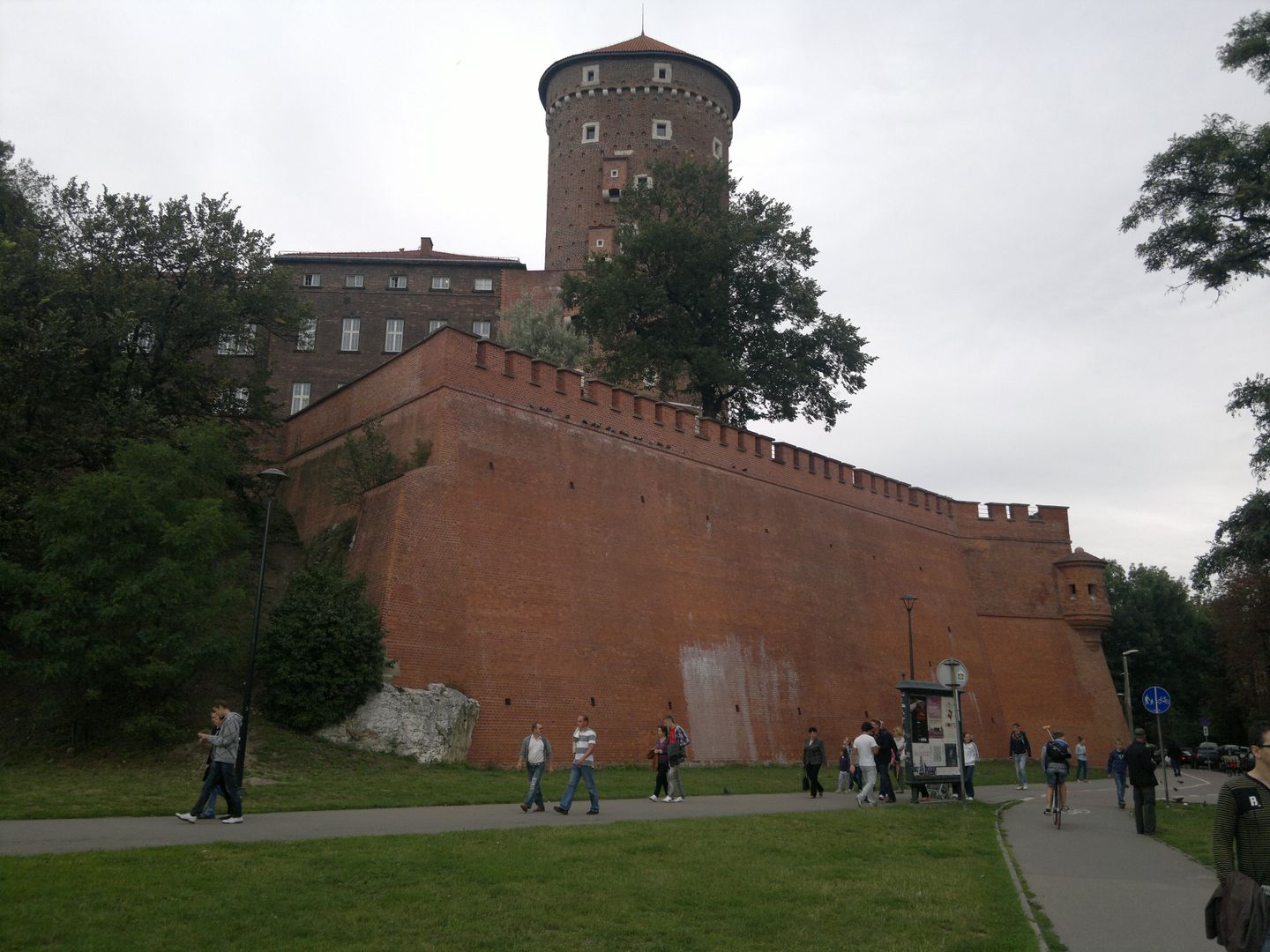Sandomierz Tower at Wawel
6.7

Overview
The Sandomierz Tower, located on the southwestern edge of Wawel Hill, is one of the three surviving defensive houses in this area. Together with the Lubranka (Senatorska) Tower, it forms a unique complex of so-called fire towers from the mid-15th century. First mentioned in 1462, it is associated with tragic events in which a number of city councillors were beheaded following the murder of the nobleman Andrzej Tęczyński. According to tradition, nobility from the Sandomierz region was also imprisoned in the tower. Architecturally, the lower floors of the tower underwent significant changes in the 16th and 17th centuries, adapting it to serve as quarters for starost's guards. In the 18th century, it suffered considerable damage, and its reconstruction by the Austrians in 1856 introduced several alterations, including a new staircase. However, the most important conservation works took place in 1911–1914 and 2003–2004, during which three shooting bays, the third-floor gallery, and the original ceiling layout were reconstructed. Next to the tower, remnants of stone defensive walls, built on 14th-century foundations and heightened after World War II, can be found. It was here, in 1772, that the Bar Confederates used a canal to enter Wawel. The Sandomierz Tower is not only a valuable architectural monument but also an important landmark on the historical map of Kraków, connecting various periods and cultural events.
Location
Tickets
Powered by GetYourGuide
2025 Wizytor | All Rights Reserved